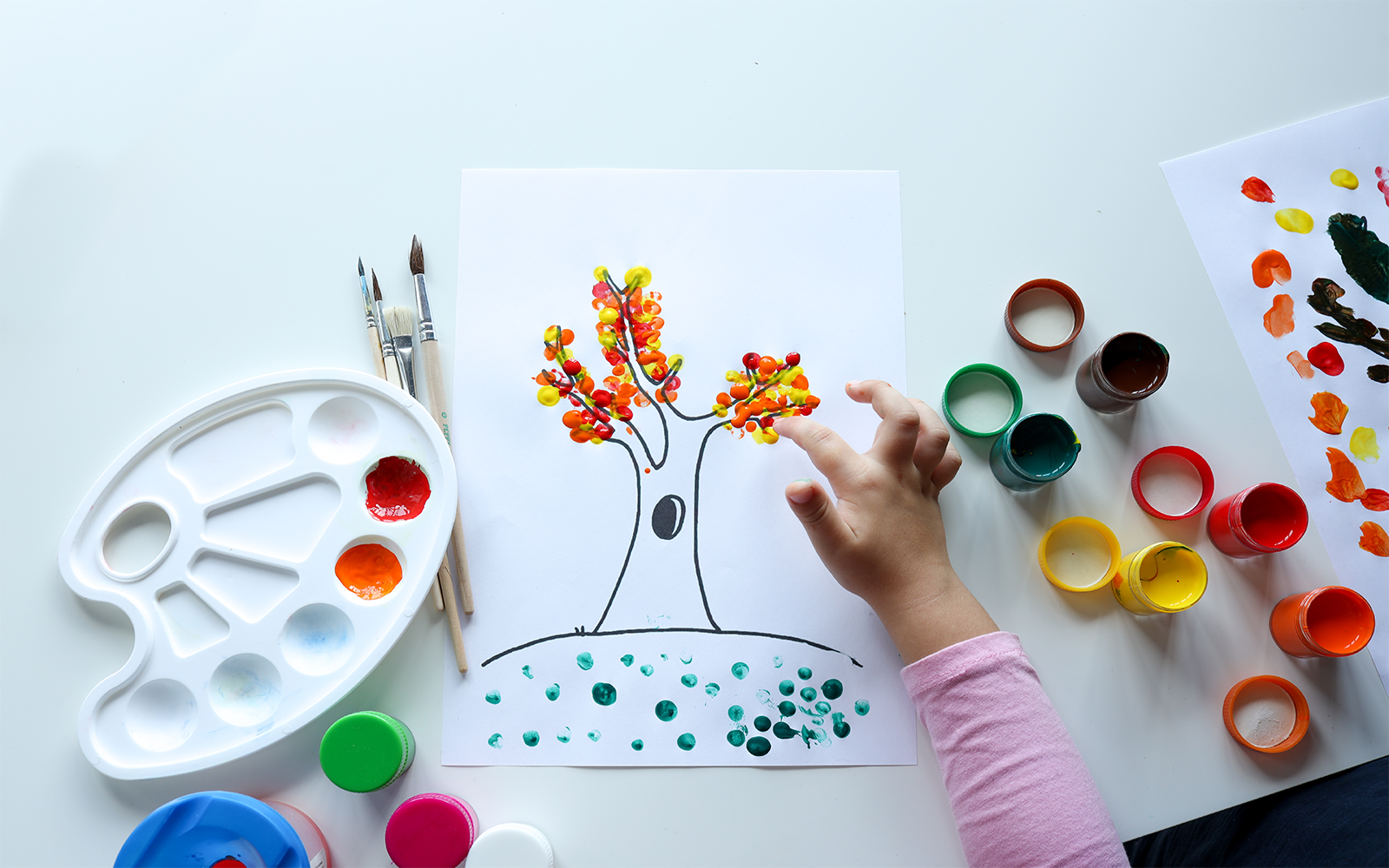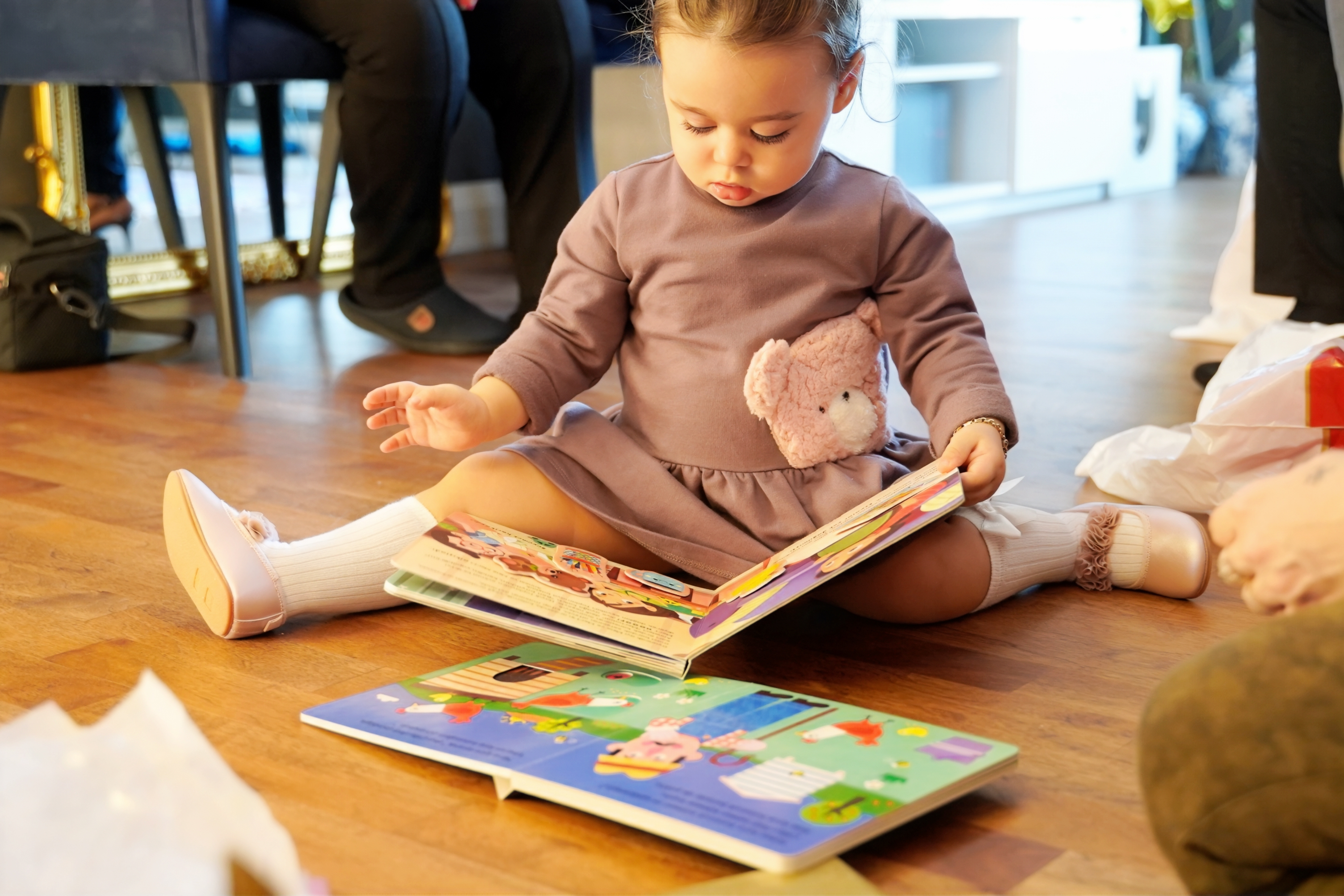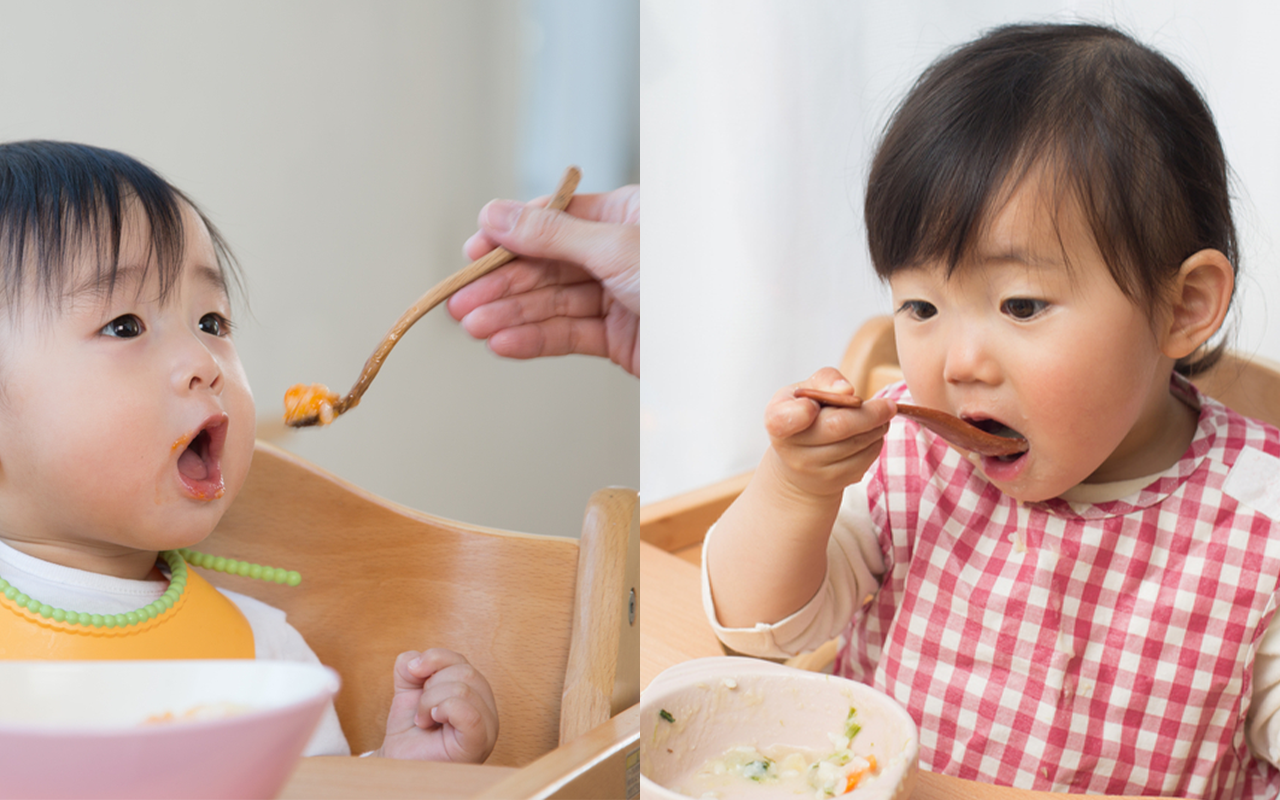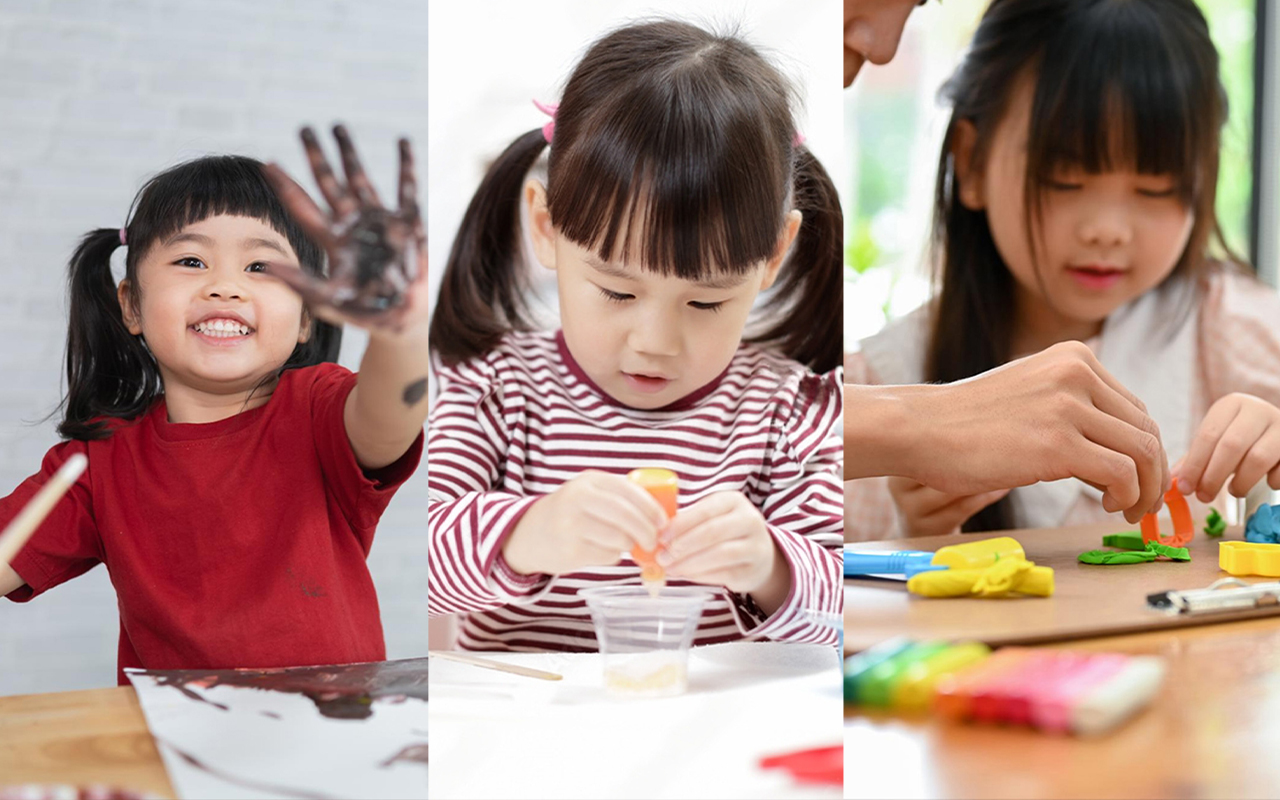
Famous painter Picasso once said, “Every child is an artist. The problem is how to remain an artist once he grows up.” Encouraging a child's creativity through art is a wonderful way to foster self-expression and boost confidence. Here are some practical tips to help ignite a lifelong passion for artistic expression in your child.

Sparking Interest
Begin by piquing their curiosity. Engage them in conversations about colours, shapes, and imaginative worlds. Show them picture books, take them to galleries, or explore art-related videos together. Tailor your approach to their interests – be it animals, superheroes, or fantasy worlds.
Choosing Fun Subjects
Select drawing subjects that resonate with your child's imagination. Whether it's their favourite animals, cars, cartoon characters, dream destinations, or made-up creatures, let their imagination run wild.
Using Items Around You
Besides using paintbrushes, encourage your child to use their hands for sensory play and learning. Paper cups, cardboards, cotton swabs, and cotton balls can be used to create unique shapes and textures. Additionally, your child can explore materials like sparkles, glitters, coloured sand, textiles, and clay for a tactile experience.
Personalised Approach
Understand your child's preferred learning style. Some may thrive on collaborative efforts, enjoying creating art side by side with you. Others may prefer solitary exploration. Tailor your art activity time to your child's needs and always celebrate their creations, no matter the outcome.
Embracing Mistakes
Instil the importance of learning from mistakes. Equip your child with pencils for sketching and allow them to explore freely. If an error occurs, your child can erase pencil marks to improve their sketches.
Children naturally gravitate towards activities they excel in. To help them create more satisfying masterpieces, introduce them to these fundamental art concepts.
Points, Lines and Planes: Show them how these elements come together to form the foundation of any artwork. Encourage them to use all three techniques – dotting, drawing and painting in their artwork.
Horizon Line and Perspective: Teach them about what separates the sky and the sea, and how to create foreground and background perspectives. This will open up a whole new world of possibilities in their creations.
The Colour Wheel: Demonstrate the relations between colours, starting with the three primary colours – red, yellow and blue. Encourage experimentation with colour combinations to develop their own unique palettes.
Outline, Outline, Outline: Outlines help to define shapes and figures in an artwork. For kids who struggle to colour within the lines, start by outlining subjects with crayons, followed by colouring using watercolours.
With these practical tips, you can nurture a spirit of exploration and lifelong love for art in your child. Encourage them to experiment, take risks, and most importantly, have fun in the process. Are you excited about starting an art project with your little ones? Start by getting all the necessary art supplies at the nearest marketplace supermarket.




Daw San Naing
Anonymous
Phyo Thet Han